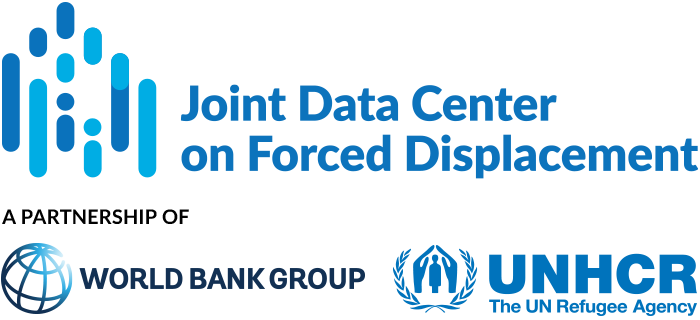When refugees are resettled in third countries, resettlement countries do not fully leverage the factors that promote refugee integration such as: (1) geographical context (e.g. economic and social opportunities available in resettlement locations); (b) personal...
JDC Literature Review
The Return to Big City Experience: Evidence from Danish Refugees
The authors exploit the random settlement policy for refugees in Denmark between 1986-1998 to examine the effect of locations on refugees’ wages. During this period, the Danish government assigned 80,000 refugees across 271 municipalities, in proportion to local...
Balancing the Rights of Displaced, Returning and Remaining Populations: Learning from Iraq
The return of 3.1 million IDPs to their places of origin in Iraq is seen as a benchmark of success. The article highlights critical questions related to mitigating competing rights and protection needs of those who stayed, returned IDPs, and those still displaced....
More is Better: Evaluating the Impact of a Variation in Cash Assistance on the Reintegration Outcomes of Returning Afghan Refugees
This paper examines the impact of cash assistance provided to Afghan refugees returning from Pakistan on household outcomes post-return. Specifically, the authors examine whether Afghan refugees who returned between July 2016 and March 2017 and received a larger...
A Persuasive Peace: Syrian Refugees’ Attitudes Towards Compromise and Civil War Termination
Civilians who have fled violent conflict and settled in neighboring countries are integral to ending or prolonging conflict. Contingent on their attitudes, they can either back peaceful settlements or support warring groups and continued fighting. Attitudes toward...
A Vision for Restitution in Myanmar
The authors advocate for a comprehensive HLP restitution program in Myanmar that establishes a clear and accessible remedy for past and present land grabbing and displacement and that creates a framework for peace between Ethnic Armed Organizations (EAOs), government...
Property Restitution in Post-Conflict Syria
Property restitution will be challenging in any post-conflict Syria. Restitution and compensation processes will need to take into consideration: (a) the complex, pluralistic legal system governing housing, land and property (HLP) rights in Syria; (b) the widespread...
Unprepared for (Re)integration – Lessons learned from Afghanistan, Somalia, and Syria on Refugee Returns to Urban Areas
This report examines refugee return and reintegration in urban areas of Afghanistan, Somalia and Syria. The analysis is based on key informant interviews, focus group discussions, household case studies, operational case studies, and a literature review. Key points:...
Forced Displacement and Behavioral Change: An Empirical Study of Returnee Households in the Nuba Mountains
This paper compares the social and economic conditions of returnee households with the non-displaced population in eight villages of the Nuba Mountains in Sudan, by exploiting household data collected during a short-lived interwar period in 2008. In the South Kordofan...
Picking up the Pieces: Realities of Return and Reintegration in North-East Syria
From January to June 2018, an estimated 745,000 IDPs and 16,000 refugees returned to their areas of origin in Syria; the majority of returned IDPs had been displaced within their governates. Drawing on data collected from IDP returnees, refugee returnees, IDPs and...


